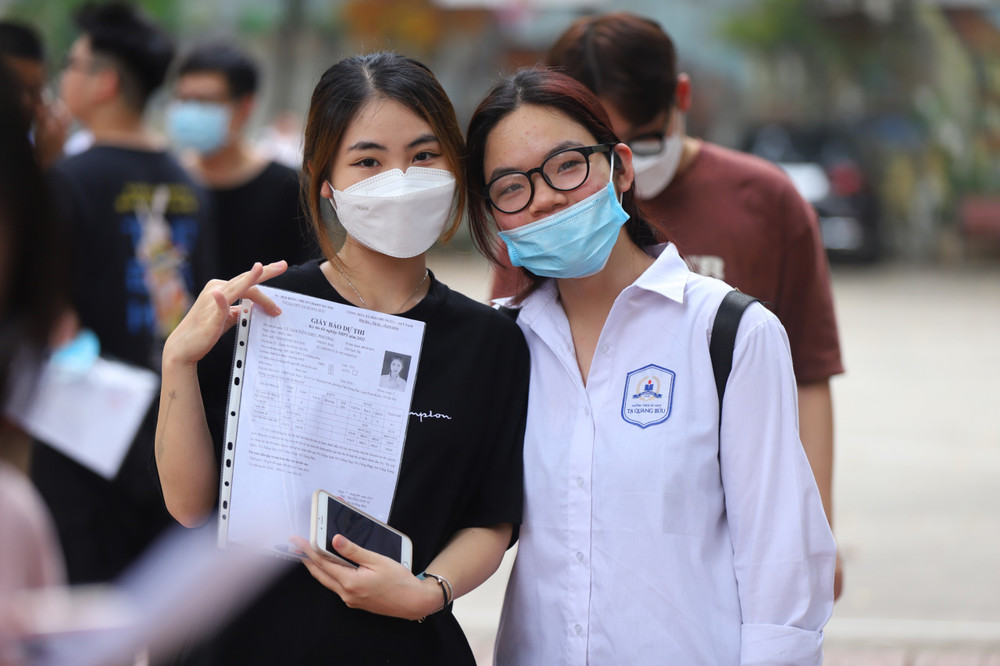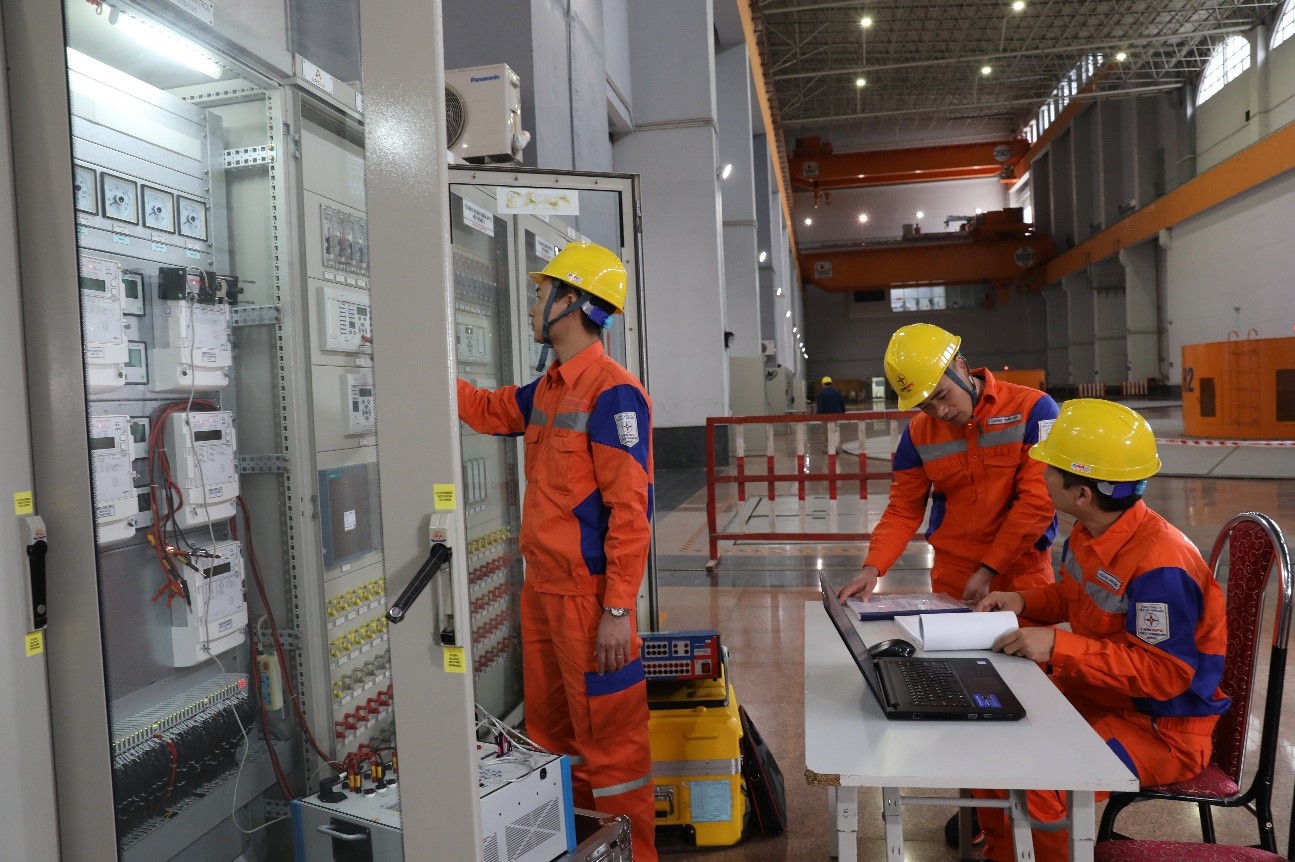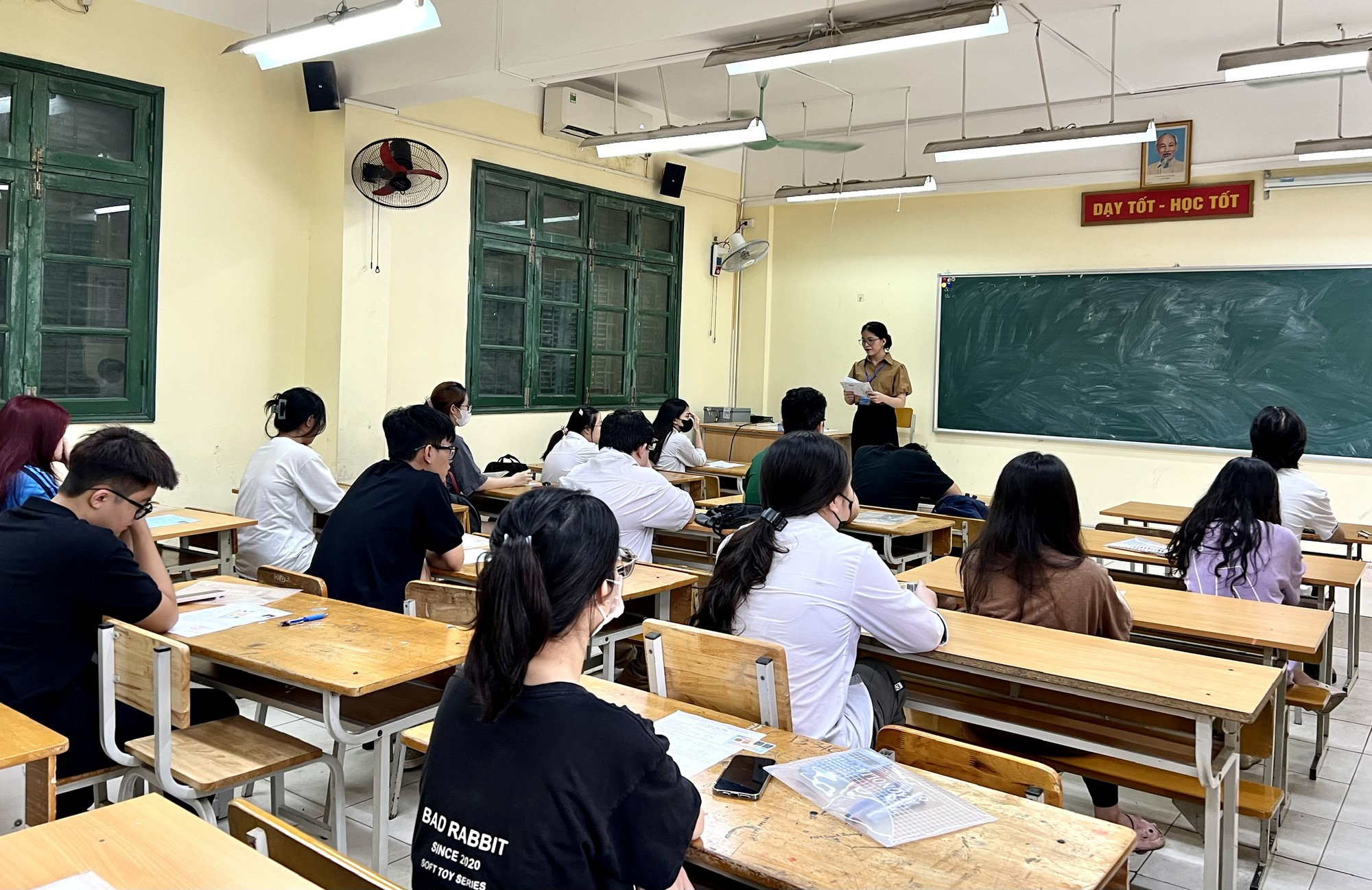Regulations on hierarchy of petroleum resources in Vietnam
On August 8, 2024, the Minister of Industry and Trade issued Circular 13/2024/TT-BCT stipulating the hierarchy and preparation of report of petroleum resources and reserves in Vietnam.
Regulations on hierarchy of petroleum resources in Vietnam
According to Article 4 of Circular 13/2024/TT-BCT, petroleum resources are categorized into discovered petroleum resources and undiscovered petroleum resources, classified as follows:
(1) Discovered Petroleum Resources: Depending on the feasibility in terms of technical, technological, and economic effectiveness based on the contractor's economic evaluation criteria at the time of resource and reserve reporting. Discovered petroleum resources are divided into developed and undeveloped groups, specifically:
- Developed Group: The petroleum resources of the developed group are subdivided into proven (P1), probable (P2), and possible (P3) classes;
The P1 class is the volume of petroleum calculated at a specific point in time, corresponding to the highest level of reliability in hierarchy of petroleum. The P1 class must ensure to satisfy the following conditions: the reservoir and petroleum-bearing layers are delineated with high reliability based on geological, geophysical, drilling, formation testing, and production documents; the permeability, porosity, and petroleum saturation characteristics of the reservoir and petroleum-bearing layers are confirmed by geophysical well logs and/or core samples; formation test results and fluid samples allow determining the commercial oil and gas flow potential based on the contractor's economic evaluation criteria from at least one well;
The P2 class is the volume of petroleum calculated at a specific point in time, corresponding to a lower level of reliability than the P1 class in hierarchy of petroleum. The P2 class is identified as potentially existing in the reservoirs based on geological and geophysical data but has not been confirmed by formation test results and fluid samples;
The P3 class is the volume of petroleum calculated at a specific point in time, corresponding to a lower level of reliability than the P2 class in hierarchy of petroleum. The P3 class is identified where the volume of petroleum may exist in the reservoirs based on geological and geophysical data but is not reliable enough to be classified as P2;
- Undeveloped Group: The petroleum resources of the undeveloped group are subdivided into verified (C1), probable (C2), and possible (C3) classes. The technical criteria for classifying C1, C2, C3 are similar to P1, P2, P3.
(2) Undiscovered Petroleum Resources: Classified into prospective undiscovered petroleum resources (R1) and theoretical undiscovered petroleum resources (R2).
- R1 class is the estimated volume of petroleum at a specific point in time for mapped prospects, reservoirs, and petroleum-bearing layers but not confirmed by drilling results;
- R2 class is the estimated volume of petroleum at a specific point in time for anticipated petroleum accumulations that may theoretically exist in a set of prospects with favorable geological conditions for petroleum accumulation but not yet mapped.
More details can be found in Circular 13/2024/TT-BCT, which comes into force in Vietnam from October 1, 2024.
- Key word:
- Petroleum
- Vietnam
- petroleum resources
- Procedures for high school admission in Vietnam
- Policies for compensation for persons conducting competition proceedings at hearings in Vietnam from April 1, 2025
- Structure and number of members of the Government of Vietnam for Term of the XV National Assembly of Vietnam from February 18, 2025
- The Politburo of Vietnam requests continued research on the merger of some provincial administrative units
- Documents for negotiating the power purchase agreement between the power seller and the power buyer in Vietnam
- Amendments to electronic border procedures in visa issuance at border gates in Vietnam from April 1, 2025
-

- Procedures for high school admission in Vietnam
- 14:25, 21/02/2025
-

- Resolution 190: Principles for addressing certain ...
- 11:30, 21/02/2025
-

- Guidance on identifying cases of inaccurate or ...
- 11:00, 21/02/2025
-

- Official Telegram 16: Urgent requirement to allocate ...
- 08:00, 21/02/2025
-

- Circular 04/2025 stipulating on the quality assessment ...
- 18:41, 20/02/2025
-

- Guidelines for maintenance and renovation of villas ...
- 14:30, 21/02/2025
-

- Guidelines for maintenance and renovation of villas ...
- 14:30, 21/02/2025
-

- Procedures for high school admission in Vietnam
- 14:25, 21/02/2025
-

- Resolution 190: Principles for addressing certain ...
- 11:30, 21/02/2025
-

- Guidance on identifying cases of inaccurate or ...
- 11:00, 21/02/2025

 Article table of contents
Article table of contents
